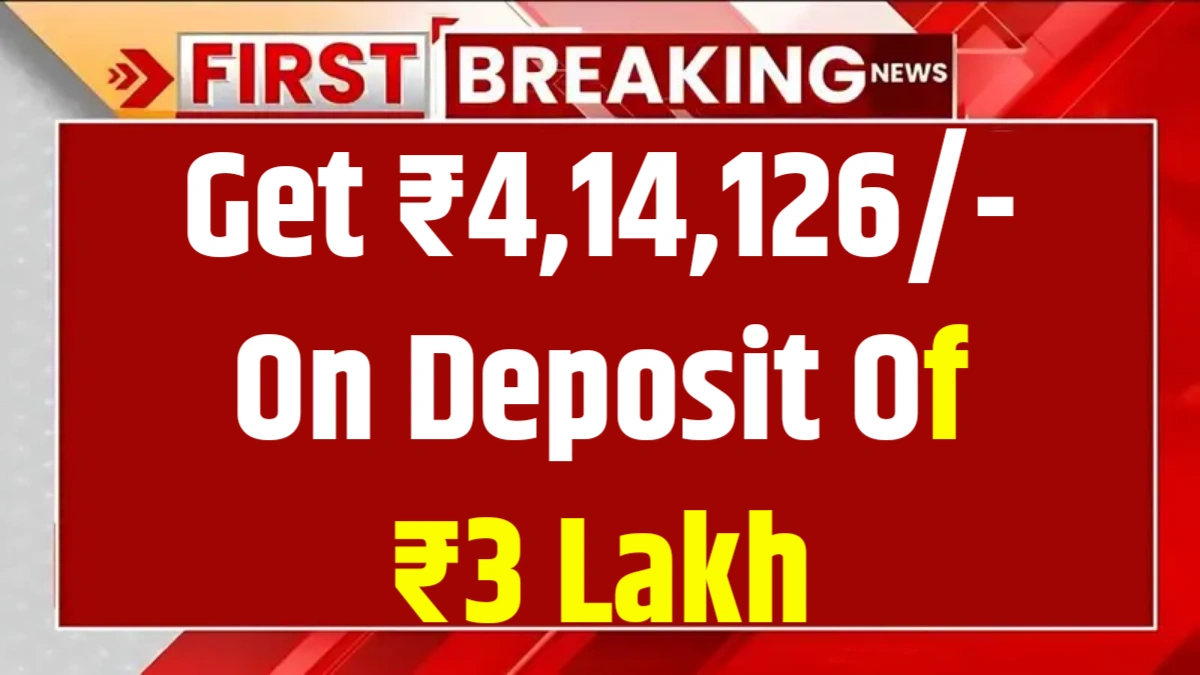If you’ve ever wished to build something meaningful for your child’s future, the Government of India has introduced a scheme that’s built exactly for that. It’s called NPS Vatsalya, and it might just be the most powerful financial tool parents have right now.
NPS Vatsalya 2025 Details
| Feature | Details |
|---|---|
| Eligibility | Children below 18 years of age |
| Contribution Minimum | ₹1,000 per year |
| Investment Options | Equity, government bonds, corporate debt |
| Expected Returns | ~9.15% to 10% annually (long-term) |
| Withdrawal Flexibility | Partial withdrawal up to 25% for education/emergencies |
| Tax Benefits | Under Section 80C and 80CCD of the IT Act |
What is NPS Vatsalya?
Launched in July 2024, the NPS Vatsalya Yojana is a specially designed pension scheme for minors. It allows parents or guardians to open a retirement savings account (PRAN) in their child’s name and start building a long-term financial foundation through small, disciplined investments.
This isn’t just about retirement—it’s about giving your child the power to face education expenses, future financial emergencies, and long-term independence. Contributions made under this scheme are invested in asset classes like government bonds, equity, and corporate debt, allowing for compounded growth over time.
How to Apply for NPS Vatsalya (Step-by-Step)
- Visit the official npstrust.org.in
- Choose the NPS Vatsalya option under “New Registration”
- Enter the guardian’s KYC details and the child’s birth certificate info
- Upload the required documents and photograph
- Choose your investment preference or select auto-allocation
- Make your first contribution (minimum ₹1,000)
- Once submitted, you’ll receive a Permanent Retirement Account Number (PRAN) for your child
NPS Vatsalya Benefits
- Available for children below 18
- Launched nationally by the Central Government to promote early financial literacy
- Open to all financial backgrounds with a low entry point of just ₹1,000 per year
- Helps build a pension-like fund before your child even becomes an adult
This scheme is part of a bigger movement: helping Indian families grow wealth over time, not just survive today.
Is NPS Vatsalya Right for You?
This scheme is ideal for:
- Parents of young children (3–15 years old)
- Families who want to start early but small
- Guardians who wish to secure their child’s education, retirement or emergency needs
- Working professionals planning wealth transfer without risk
If you’re someone who believes in the power of long-term planning, NPS Vatsalya gives you the platform to do exactly that—without financial strain.
How Much Can Your Child Gain by 18?
Let’s say you start when your child is 3 years old and invest ₹15,000 per month for 15 years.
Assuming a 10% annual average return, by the time your child turns 18:
Estimated Value = ₹60,24,318
That’s over ₹60 lakh by adulthood—without needing any fancy tricks or risky investments.
What Makes NPS Vatsalya Unique?
- You can invest any amount above ₹1,000—there’s no upper limit
- Contributions are flexible—monthly, yearly, or lump-sum
- Even in case of financial hardship or parental loss, the fund remains protected
- Designed to encourage early saving habits in minors
- Partial withdrawals allowed for education or emergencies
It’s rare to find a government-backed scheme that offers freedom, flexibility, and future security—all in one place.
FAQ – What Most Parents Ask
Q: Is there any risk involved in NPS Vatsalya?
Like any market-linked scheme, it involves minimal risk, but it’s regulated and managed under PFRDA—ensuring safety and transparency.
Q: Can I change the contribution amount later?
Yes. You can increase, decrease, or pause contributions based on your convenience.
Q: Can more than one parent contribute?
Only the registered guardian can contribute, but the account can be managed jointly within the family.
Q: Is there a lock-in period?
The amount is meant for long-term saving until the child turns 18. Partial withdrawal (up to 25%) is allowed under special conditions.










